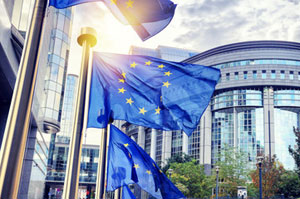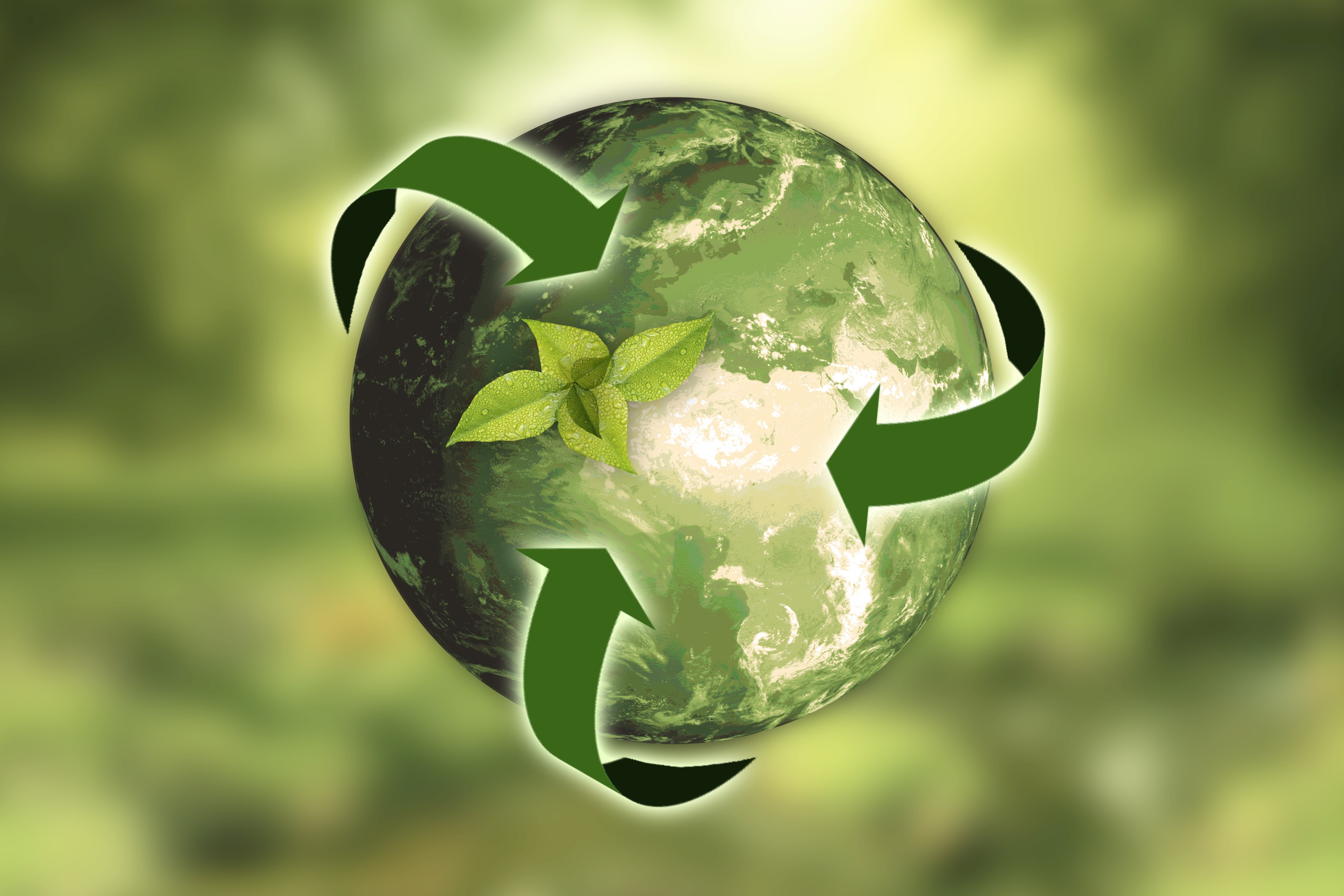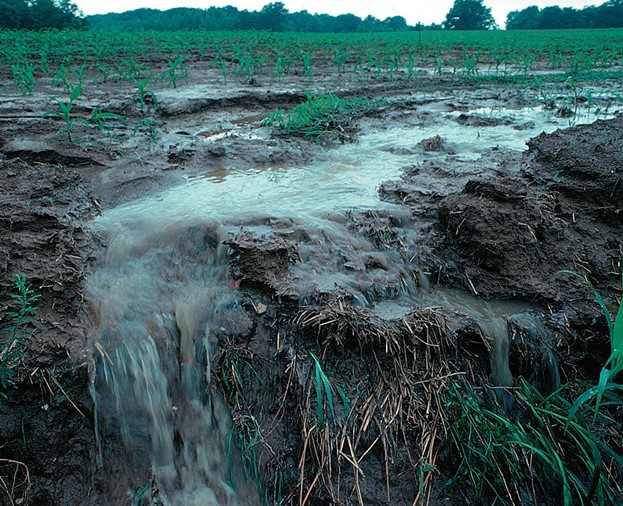



EU Action Plan aims for zero pollution in air, water and soil
The Commission has adopted a new Action Plan to tackle pollution as part of the European Green Deal, proposing a broad range of measures that will reduce pollution, improve air and water quality and adopt circular economy principles.The European Commission has adopted the EU Action Plan: “Towards Zero Pollution for Air, Water and Soil” – a key deliverable of the European Green Deal and the main topic of this year's EU Green Week. It sets out an integrated vision for 2050: a world where pollution is reduced to levels that are no longer harmful to human health and natural ecosystems, as well as the steps to get there.

The plan ties together all relevant EU policies to tackle and prevent pollution, with a special emphasis on how to use digital solutions to tackle pollution. Reviews of relevant EU legislation are foreseen to identify remaining gaps in EU legislation and where better implementation is necessary to meet these legal obligations.
Executive Vice-President for the European Green Deal Frans Timmermans said: “The Green Deal aims to build a healthy planet for all. To provide a toxic-free environment for people and planet, we have to act now. This plan will guide our work to get there. New green technologies already here can help reduce pollution and offer new business opportunities. Europe's efforts to build back a cleaner, fairer, and more sustainable economy must likewise contribute to achieving the zero pollution ambition.”
To steer the EU towards the 2050 goal of a healthy planet for healthy people, the Action Plan sets key 2030 targets to reduce pollution at source, in comparison to the current situation. Namely:
- Improving air quality to reduce the number of premature deaths caused by air pollution by 55%;
- Improving water quality by reducing waste, plastic litter at sea (by 50%) and microplastics released into the environment (by 30%);
- Improving soil quality by reducing nutrient losses and chemical pesticides' use by 50%;
- Reducing by 25% the EU ecosystems where air pollution threatens biodiversity;
- Reducing the share of people chronically disturbed by transport noise by 30%, and
- Significantly reducing waste generation and by 50% residual municipal waste.

Key initiatives and actions
- Aligning the air quality standards more closely to the latest recommendations of the World Health Organisation,
- Reviewing the standards for the quality of water, including in EU rivers and seas,
- Reducing soil pollution and enhancing restoration,
- Reviewing the majority of EU waste laws to adapt them to the clean and circular economy principles,
- Fostering zero pollution from production and consumption,
- Presenting a Scoreboard of EU regions' green performance to promote zero pollution across regions,
- Reduce health inequalities caused by the disproportionate share of harmful health impacts now borne by the most vulnerable,
- Reducing the EU's external pollution footprint by restricting the export of products and wastes that have harmful, toxic impacts in third countries,
- Launching Living Labs for green digital solutions and smart zero pollution,
- Consolidating the EU's Knowledge Centres for Zero Pollution and bringing stakeholders together in the Zero Pollution Stakeholder Platform,
- Stronger enforcement of zero pollution together with environmental and other authorities.
Response from EU farming unions
A statement released by Copa and Cogeca acknowledged that the Zero pollution action plan is a key component of the Green Deal. They voiced their support for the Action Plan's overall approach, saying that slowing down economic activities to prevent pollution is not the best way to prevent and reduce pollution. In fact, European agriculture managed to reduce ammonia pollution significantly, among other emissions and releases, in parallel with increasing productivity and constantly moving towards a more sustainable food production.
Copa and Cogeca welcomed the Action Plan's objective on the application of integrated pest management (IPM) to prevent and reduce pollution. The uptake and extension of IPM tools combined with the use of other realistic alternatives such as New Genomic techniques could be a way forward. The group called for robust research and development supported by the relevant EU agencies and the Horizon Europe Programme.
Regarding the protection of soils, Copa and Cogeca said farmers should maintain the growth potential of farmland and forests and avoid land abandonment of fertile cultivated soils, saying that these soils are the basis for food security, are a supply of renewable raw materials and are important for maintaining biodiversity.

Since the most effective soil protection measures are local and depend on pedoclimatical conditions, the on-farm experience and local soil testing is crucial to adapt to the most suitable management practises. The group also welcomed the establishment of a new Zero Pollution Stakeholder Platform. The availability and use of these tools is key for a sustainable agricultural production in the EU while keeping European farming competitive on the global market.
The group also welcomed objectives to explore industrial symbiosis and policies to enhance circular bioeconomy for SMEs. Agricultural by-products and residues as well as agricultural facilities provide great potential for synergies (for example low-carbon bioenergy production, use of surplus heat in local heat district plants), with the potential to develop further.
On the negative side, tackling ammonia pollution within agriculture through the extension of the scope of the Industrial Emissions Directive to additional agricultural sectors is not the right way for Copa-Cogeca, as it would entail double regulation and will not increase ambition but will only increase the administrative burden.


